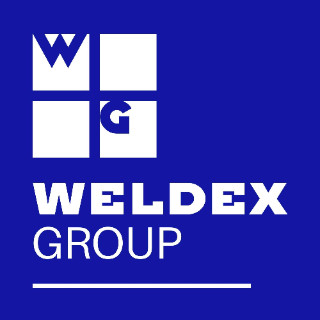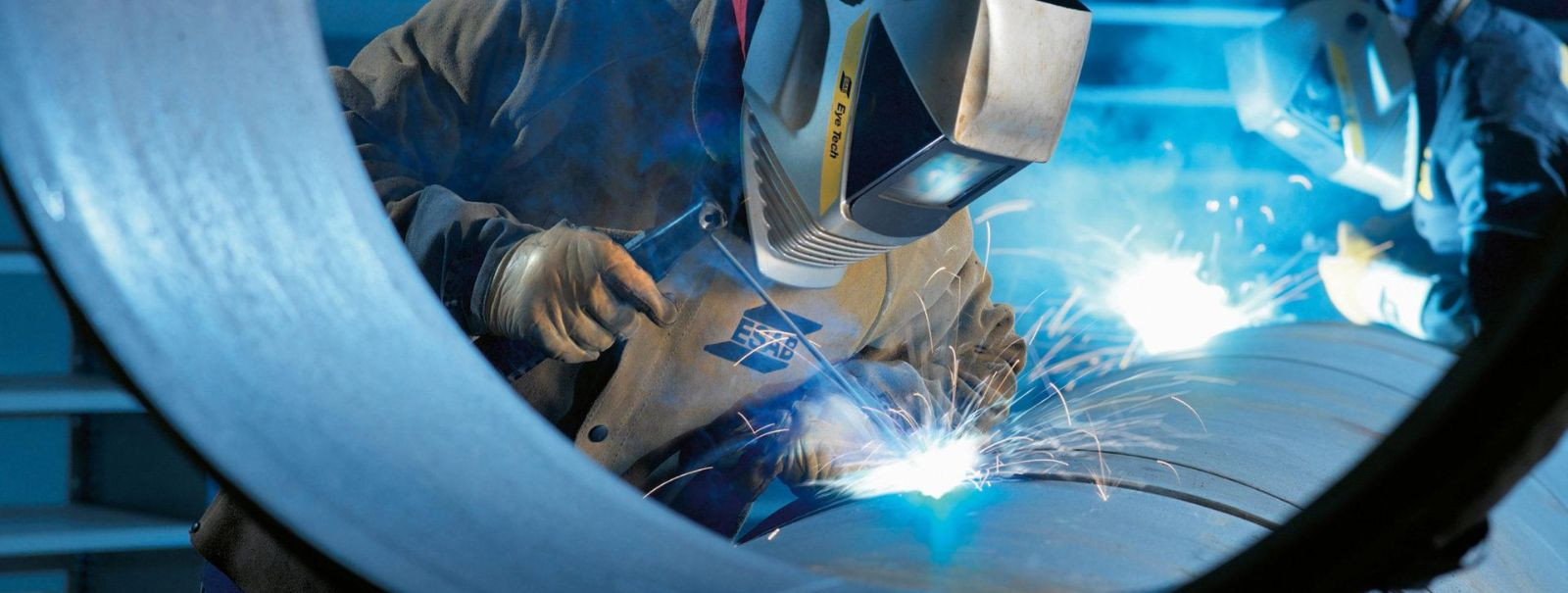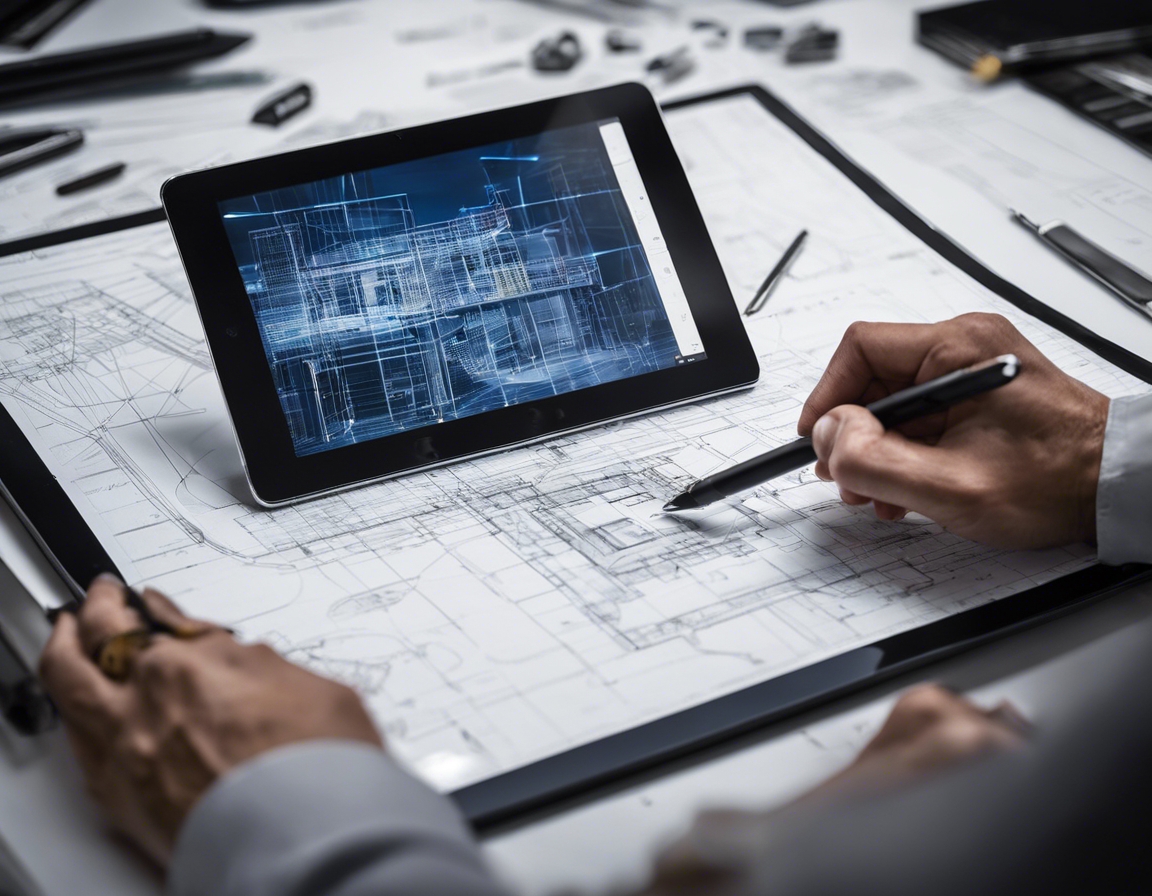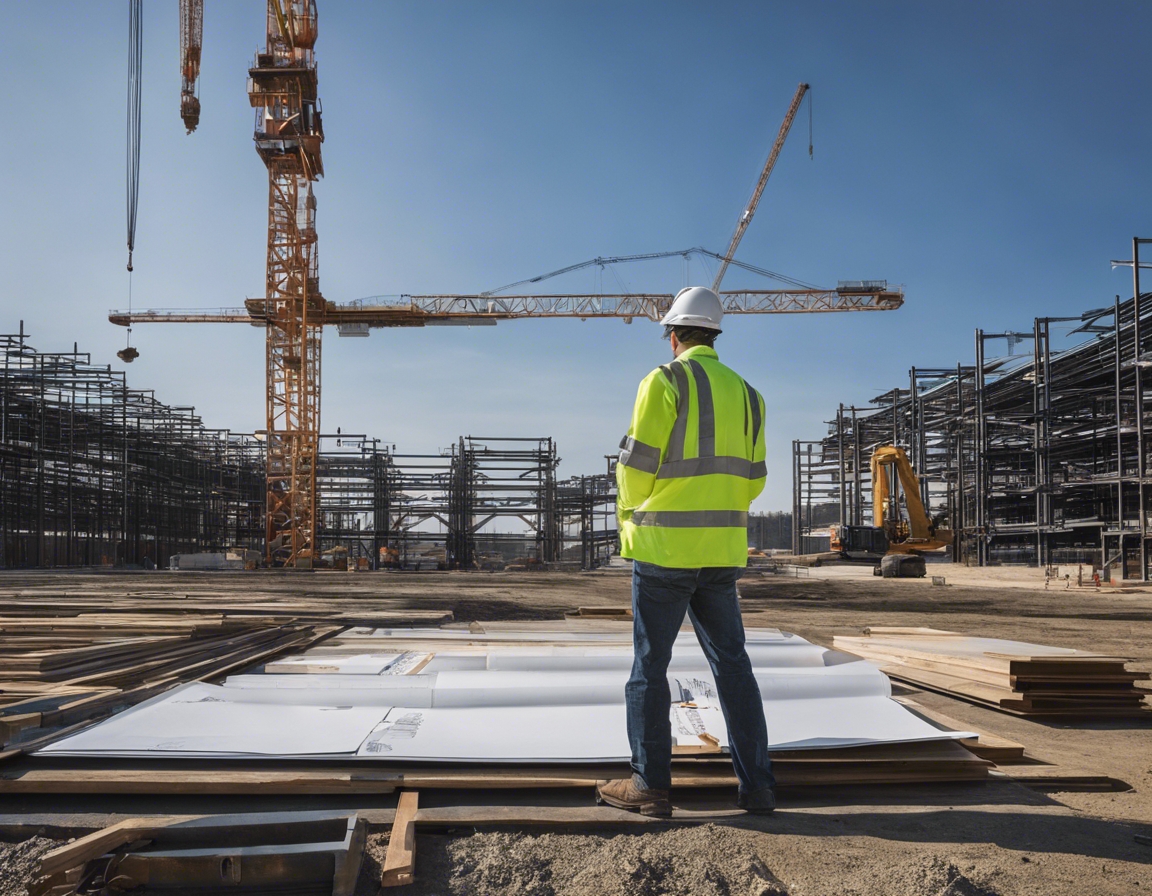The future of metal structures: trends and innovations
Metal structures have been a cornerstone in the development of modern architecture and industry. From the Eiffel Tower to contemporary skyscrapers, metal has proven its worth as a durable, flexible, and cost-effective material. The evolution of metal structures is a testament to human ingenuity and the relentless pursuit of advancement.
Today, metal structures are ubiquitous in construction and industrial applications. They provide the backbone for buildings, bridges, and factories, offering unmatched strength and resilience. The versatility of metal allows it to meet the diverse needs of modern construction, from aesthetics to functionality.
Emerging Trends in Metal Structures
The industry is witnessing a shift towards advanced materials such as high-strength steel and alloys that offer superior performance. These materials are not only stronger but also lighter, leading to more efficient and innovative structural designs.
Modular and prefabricated metal structures are revolutionizing the way we build. By assembling components in a controlled factory environment, construction times are slashed, and quality is enhanced, paving the way for a more streamlined building process.
Smart technologies are being integrated into metal structures to enhance performance and safety. Sensors and IoT devices can monitor the health of a structure, predict maintenance needs, and optimize energy usage, marking a new era of intelligent construction.
Innovations in Metal Structure Design and Fabrication
3D printing is set to transform the metal construction industry by enabling complex geometries and bespoke designs that were previously impossible or too costly to achieve. This technology also promises to reduce waste and streamline the production process.
The use of robotics and automation in metal structure fabrication is increasing efficiency and precision. Automated welding and cutting systems ensure consistent quality while reducing the risk of human error and improving worker safety.
As the world becomes more environmentally conscious, the metal structure industry is adapting with green building practices. Recyclable materials, energy-efficient designs, and sustainable production methods are becoming the norm, aligning the industry with global sustainability goals.
Challenges and Opportunities
Adhering to stringent regulatory and safety standards is both a challenge and an opportunity for the metal structure industry. Compliance ensures the safety and reliability of structures, while also fostering innovation to meet and exceed these standards.
Cost management remains a critical concern for the industry. Fluctuating material costs and economic factors can impact the viability of projects. However, innovations in design and fabrication can help mitigate these challenges and improve cost-efficiency.
The demand for skilled labor in the metal structure industry is growing. Investing in training and development is essential to equip the workforce with the necessary skills to handle new technologies and complex projects, ensuring the industry's future success.






Comments (0)